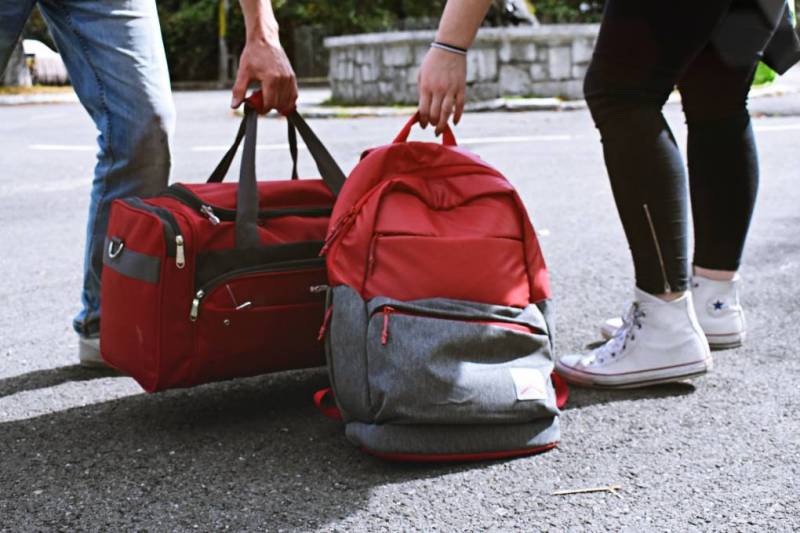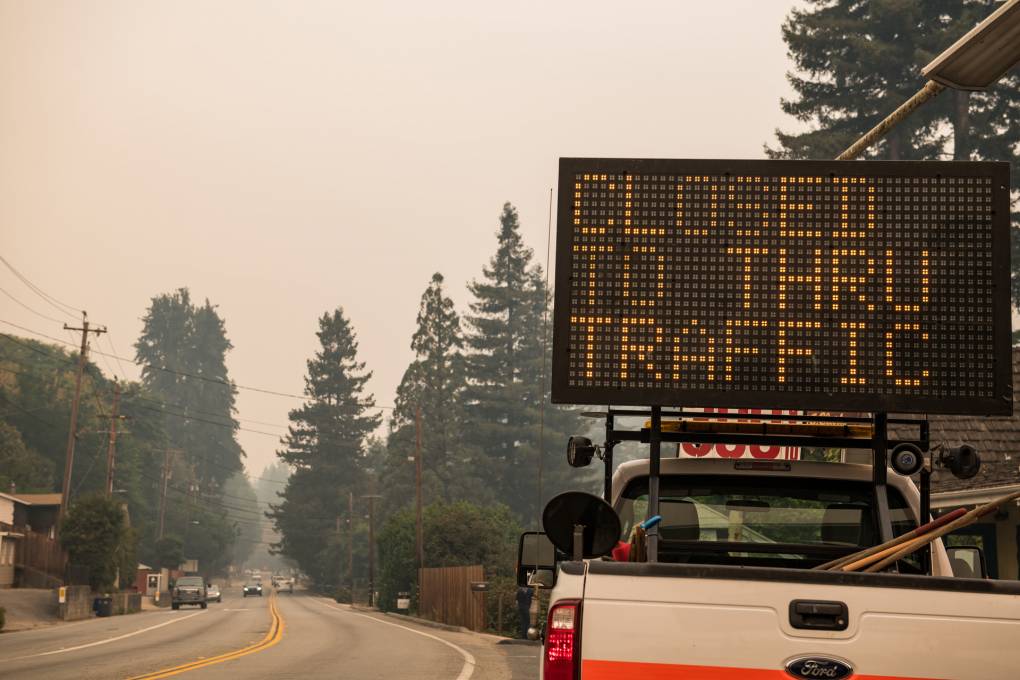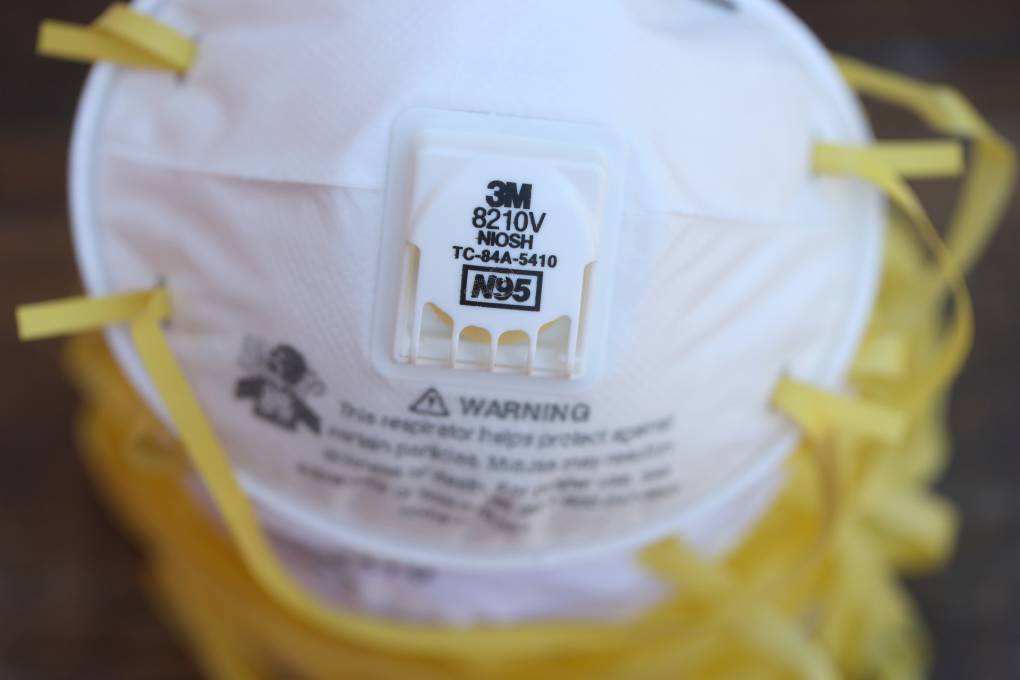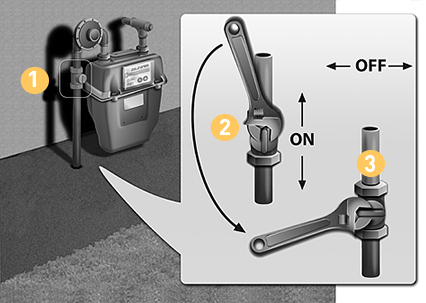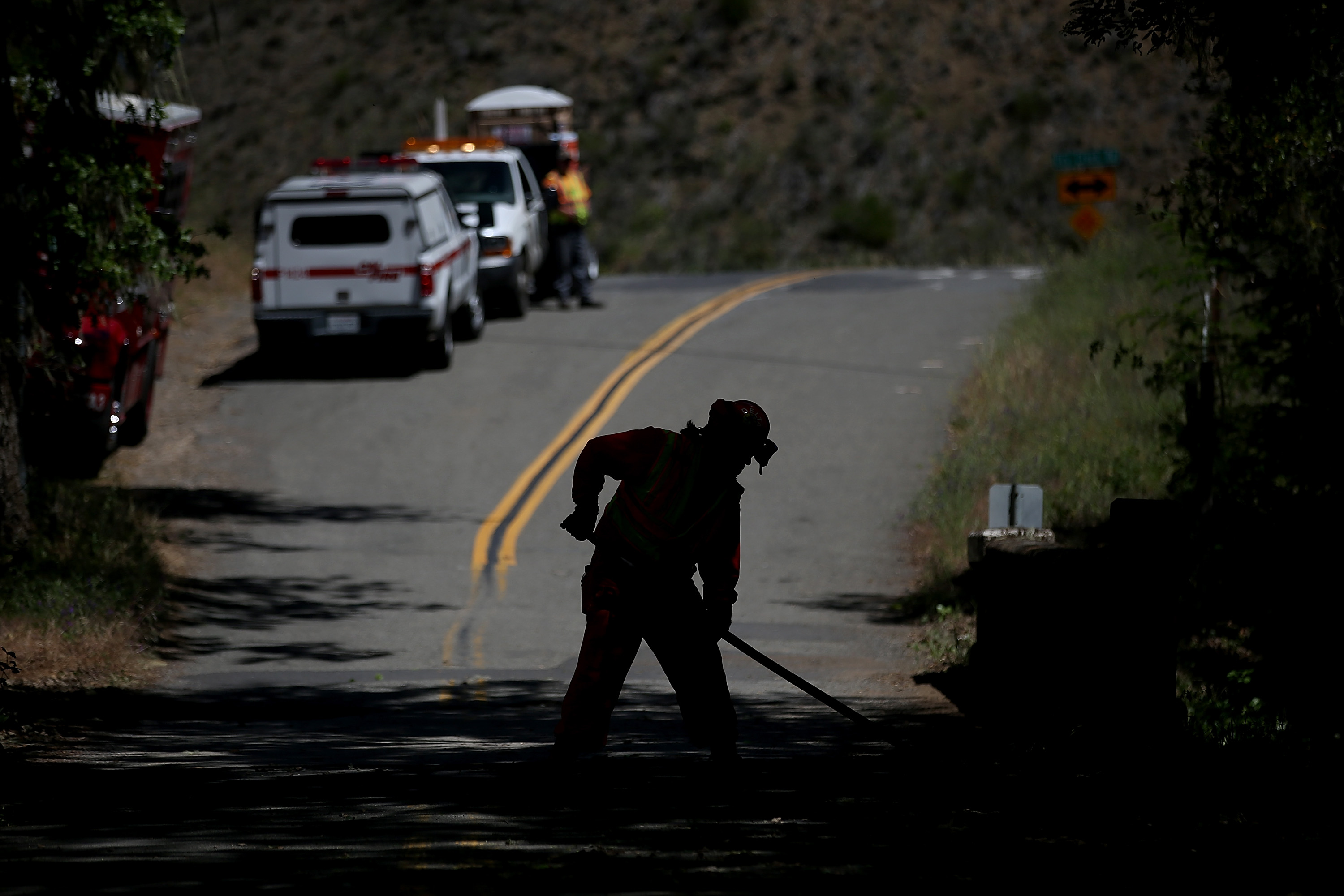Arteseros said you should send a text message to that out-of-state person with the time and your location, even if you don’t have wireless service, because that text message will eventually get to that person. Phone calls will fail when cell towers are down for either you or your contact, but text messages work on a relay system between emergency beacons on cell towers, so they are more likely to reach people than voice messages and phone calls.
It’s also a good idea to update your social media profiles on Facebook, X (formerly Twitter) or Instagram to let friends and family know your status, including where you are and when you plan to update your status again. This allows people to know when to expect information from you and will save cellphone battery, allowing you to go without cell service and Wi-Fi for a little while, if you must.
Remember, some smartphones allow you to change settings to make calls over Wi-Fi, and some apps like Facebook Messenger and WhatsApp allow Wi-Fi phone calls.
If you notice that you have no signal and you’re concerned about your phone battery, placing your phone in airplane mode – and making sure Wi-Fi and bluetooth connectivity are also disabled – will conserve battery life. You can periodically turn it on and off to check for signal while also conserving battery life. Turning down your screen’s brightness will also help save your battery, as will putting your device in low power mode (even if your battery still has significant charge).
Read more about how to keep communicating with loved ones during a disaster situation in our guide.
Will I miss important news because I don’t have a smartphone?
Not necessarily. Counties increasingly rely on the WEA system — wireless emergency alerts that by and large are delivered to cellphones through the IPAWS system, the federal integrated public alert and warning system. Those alerts also go to NOAA Weather Radios, which operate on emergency cranks or battery power. NOAA weather radios broadcast official warnings, watches, forecasts and other hazard information consistently.
You can also sign up to get Nixle alerts, which can come via texts, voice messages and emails. If you have a friend, family member or neighbor who does have a smartphone, set up a system so they can get you important info.
What should I do about my neighbors?
“Make a plan,” Arteseros said, who said it’s important to know who your neighbors are.
You can help your neighbors make a go bag if they don’t have one, and make sure they have a way to escape, especially if they don’t have a car. It’s also a very good idea to keep your gas tank as full as you can, so you’re not trying to evacuate in a car that’s very low on gas.
“We don’t want anyone waiting for a neighbor that just can’t get ready,” she said. “But it is important for everyone to look out for each other when something happens.”
KQED’s Molly Peterson, Danielle Venton and Michelle Wiley contributed to this story.
